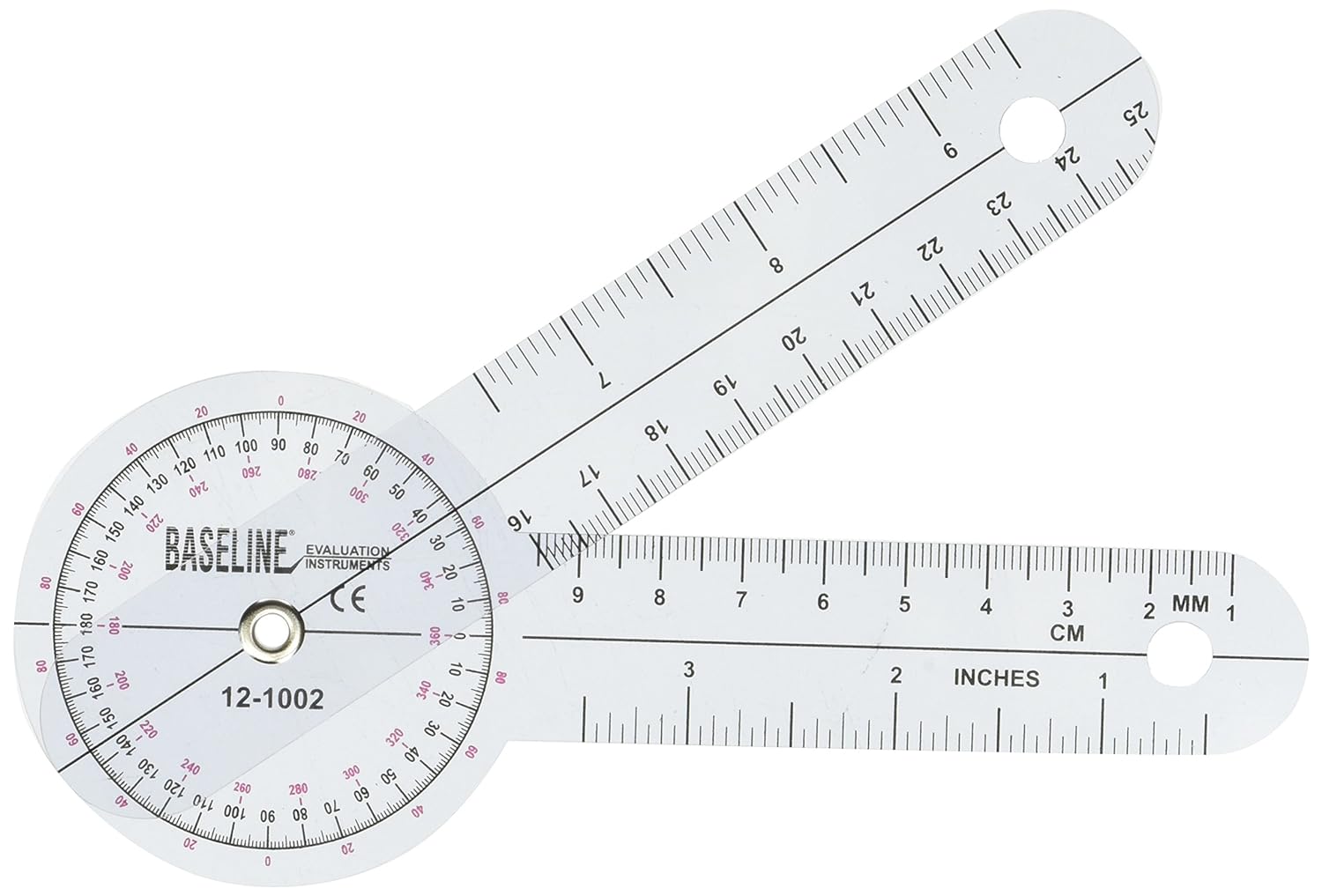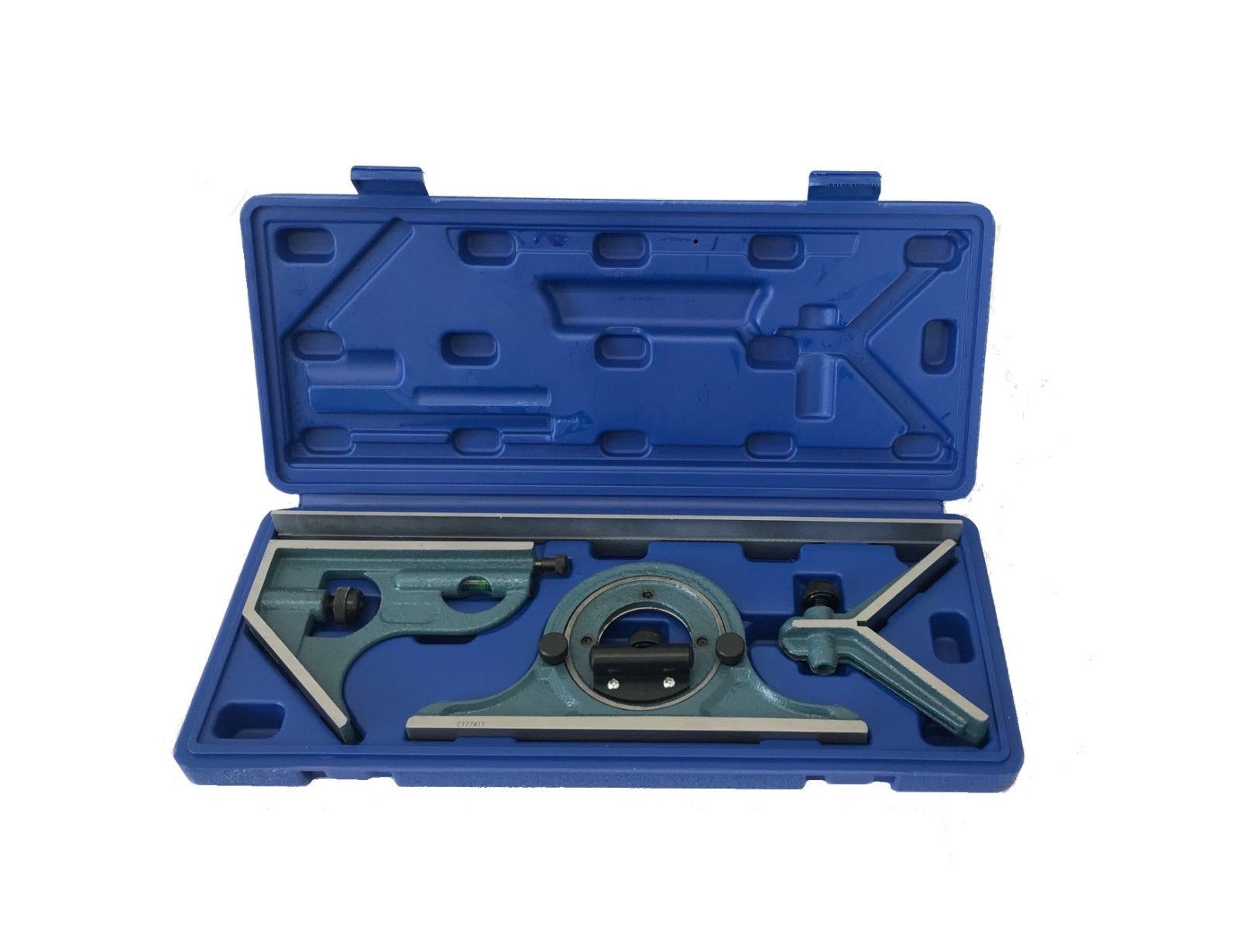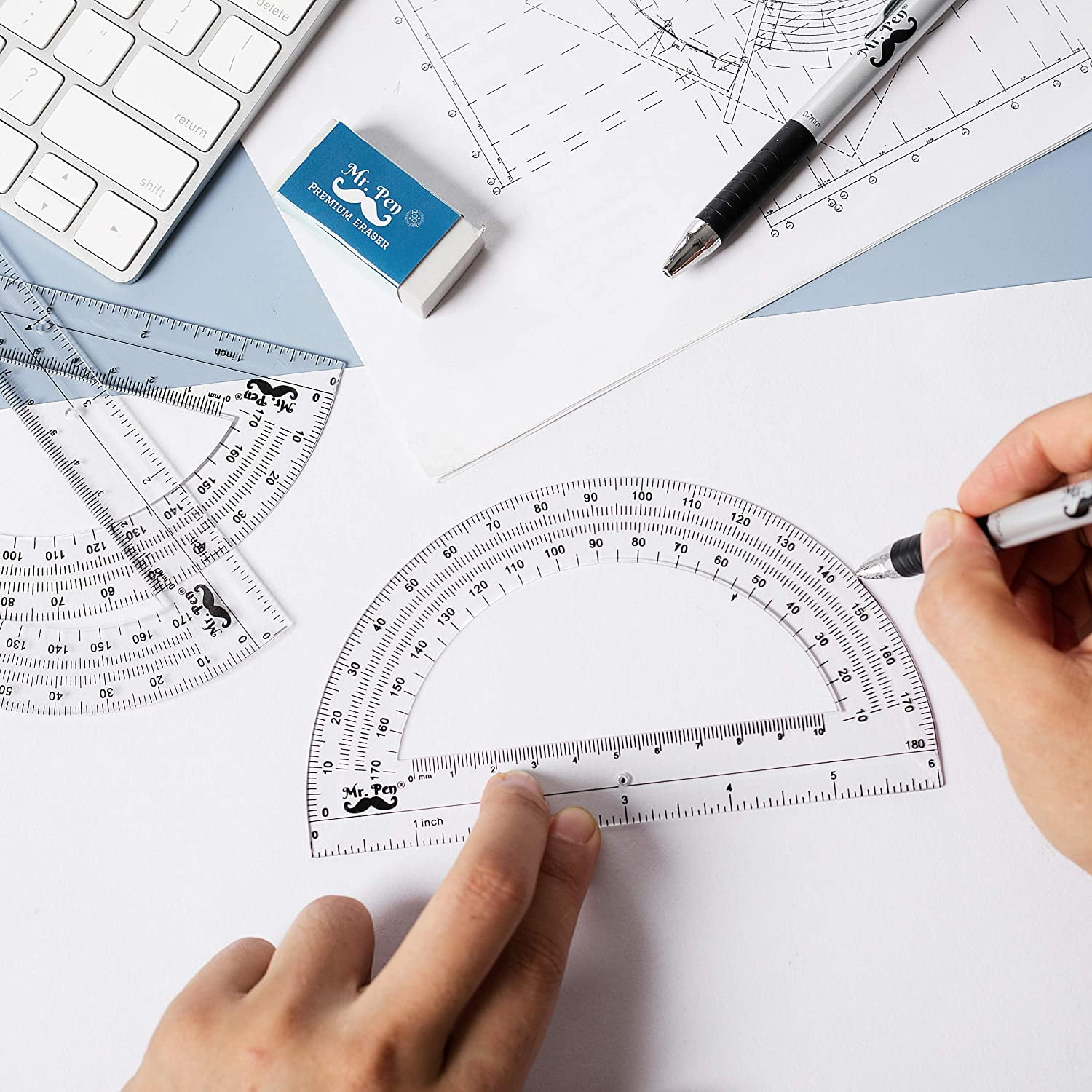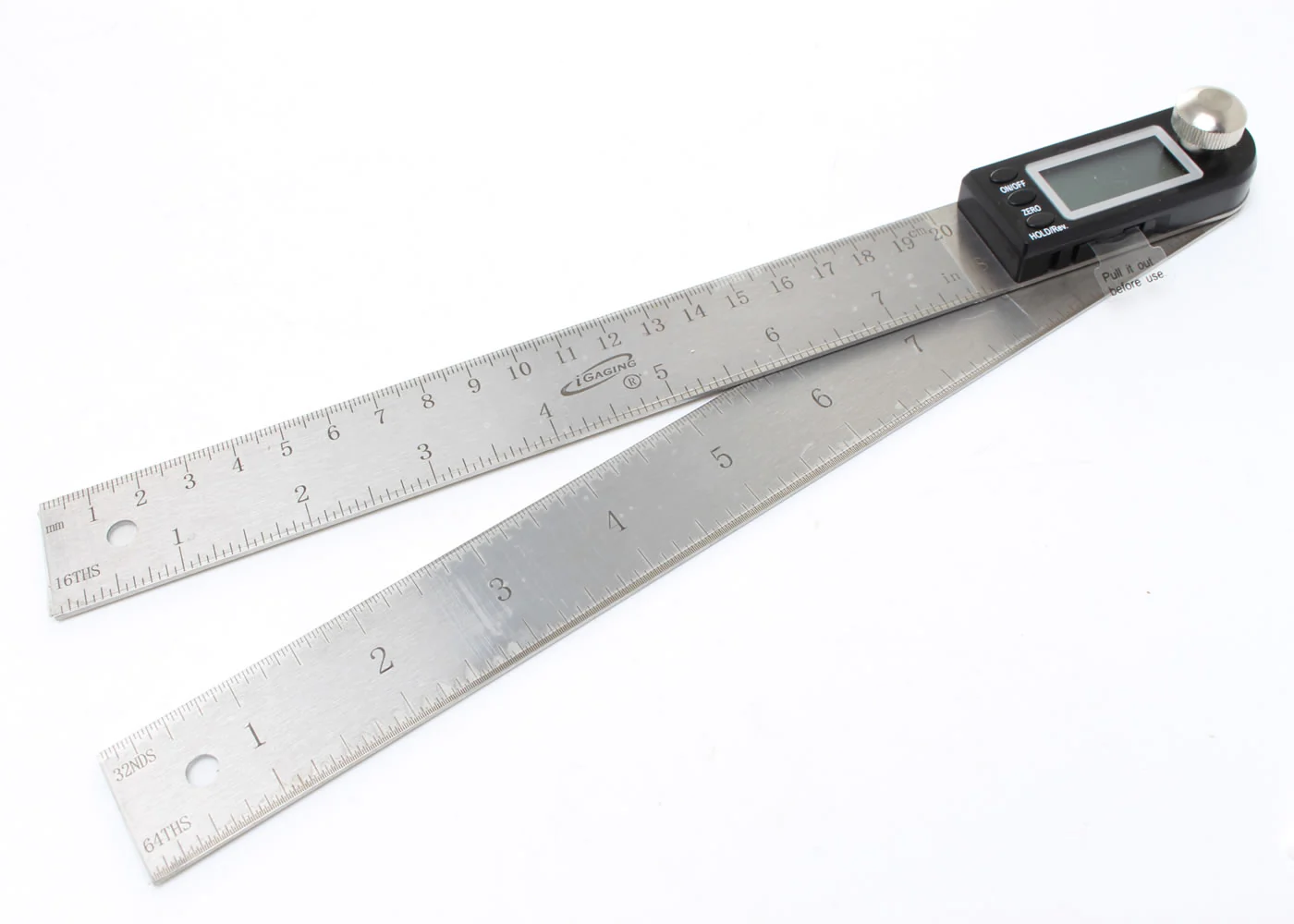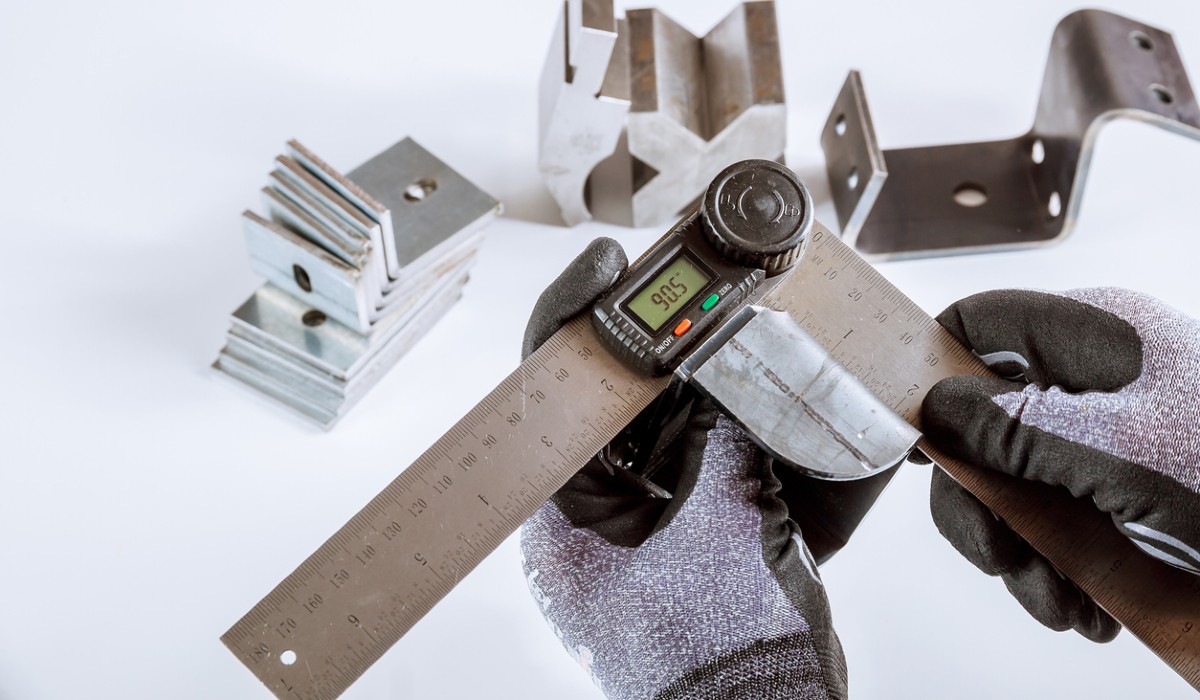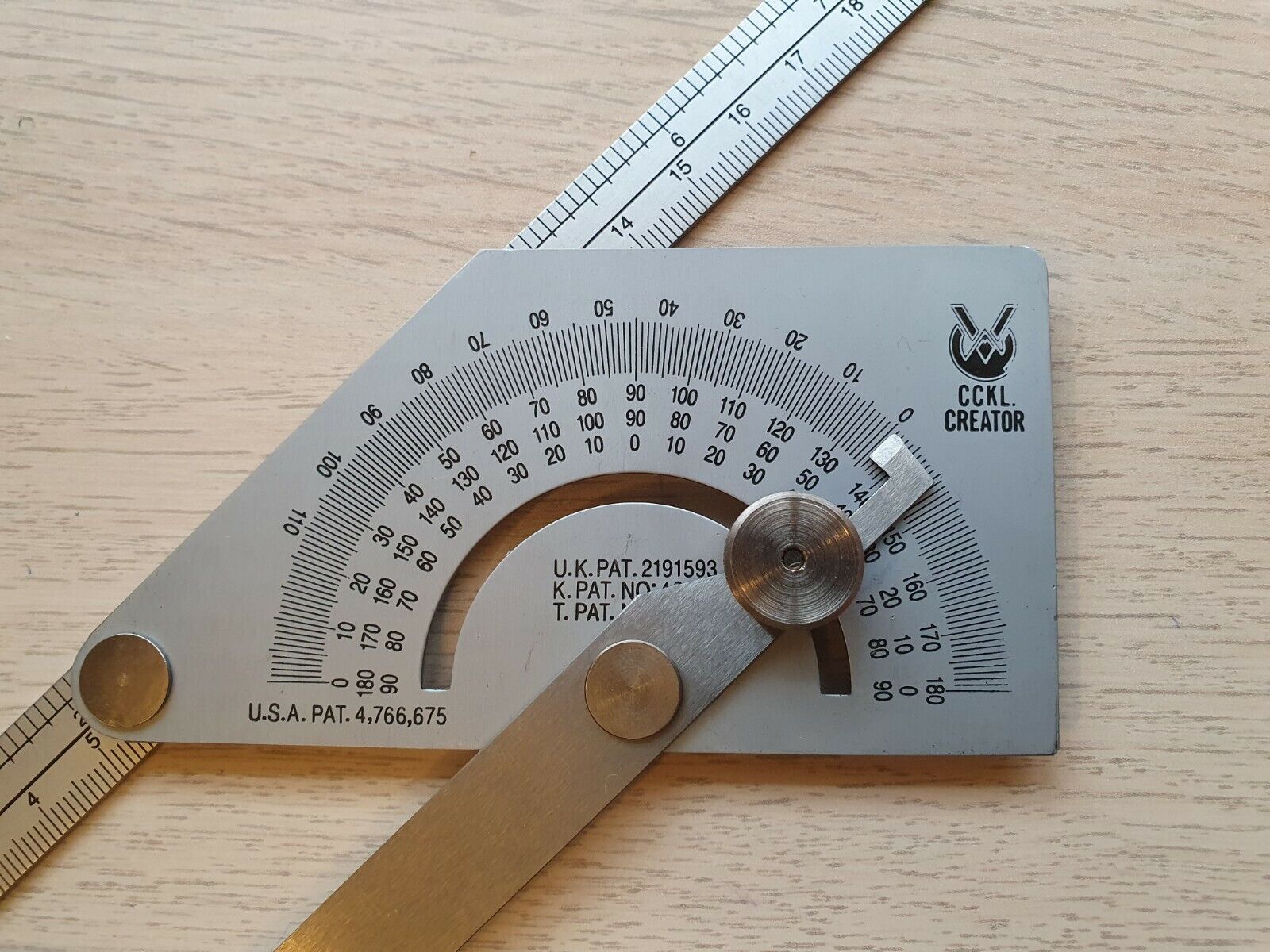Home> Angle Measuring Tools
Angle Measuring Tools: Unleash Your Accuracy with Precision Tools
Dive into the realm of Angle Measuring Tools: Uncover the best selection, understand their operation, and elevate your accuracy in projects. Click now!
What Is The Proper Protractor Orientation To Measure The Angle?
By: Samuel Turner • Articles
